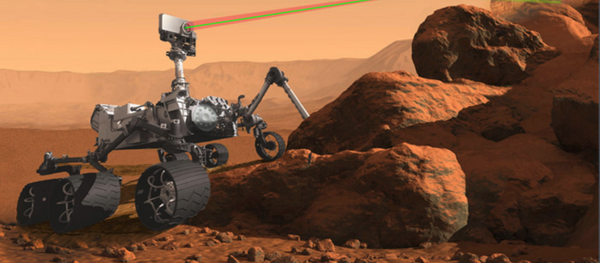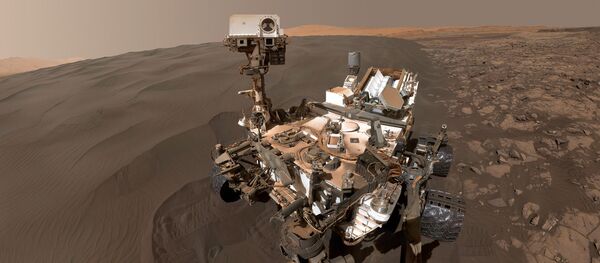The rover analyzes soil samples using a chemical solvent to identify details such as fatty acids, amines, or amino acids.
"Perhaps the most robust molecules that might be relevant to life are the lipids or fatty acids that are the chemical constituents of cell membranes," NASA's Paul Mahaffy, lead scientist for Curiosity's multi-purpose Sample Analysis at Mars, or SAM, experiment told Seeker.
"These are among the most robust and best preserved molecular biosignatures sometimes found in ancient terrestrial rocks," Mahaffy added.
However, the rover only contains nine of the wet chemistry cups to perform the experiments, and NASA scientists have opted to wait until the drill is functioning, and the Curiosity rover can pull samples from the base of Mount Sharp, a clay-rich three-mile-high peak.
The problem with the drill involves a brake which is stuck, deep within the motor, a problem discovered while NASA was preparing to conduct their first test.
"The problem with the drill feed hit us at a really unfortunate time," Curiosity project scientist Ashwin Vasavada told Seeker. "We wanted to be sure we could do this experiment before we left the Murray Formation — the basal layer of Mount Sharp — where we know that we've seen organic signatures in the rocks.”
The rover has continued to travel up the formation, however, as larger mission goals necessitate its continued exploration.
Now, engineers are working hard to find a way to release the drill brake.
"Ideally we don't want to touch [the algorithm] because it took a few years to develop. One solution might be to write some extra code for the rover to detect when the drill stalls, determine if it's OK, try whatever steps we come up with that have a chance of working. And if it could disengage the brake then keep on drilling. These solutions would take several months to achieve," Vasavada said.
Vasavada remains hopeful that the creative engineering team will come up with a solution that will help to solve the problem.




